| Structure | Name/CAS No. | Articles |
|---|---|---|
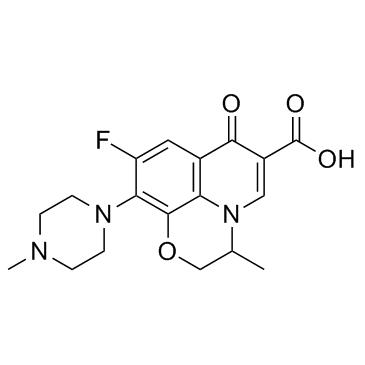 |
Ofloxacin
CAS:82419-36-1 |
|
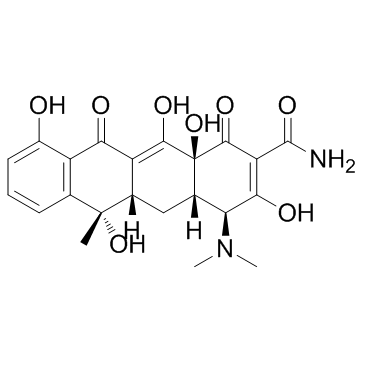 |
Tetracycline
CAS:60-54-8 |
|
 |
Erythromycin
CAS:114-07-8 |
|
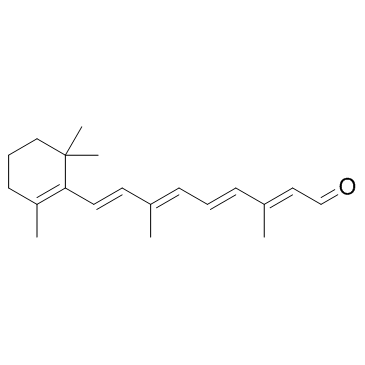 |
All-trans-retinal
CAS:116-31-4 |
|
 |
Sodium Oleate
CAS:143-19-1 |
|
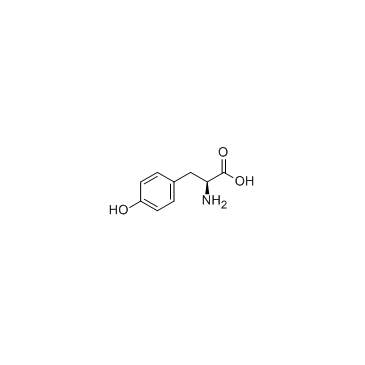 |
L-Tyrosine
CAS:60-18-4 |
|
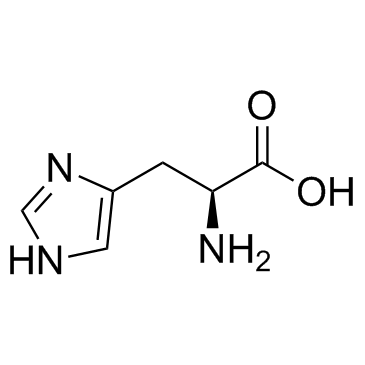 |
L-Histidine
CAS:71-00-1 |
|
 |
Mupirocin
CAS:12650-69-0 |